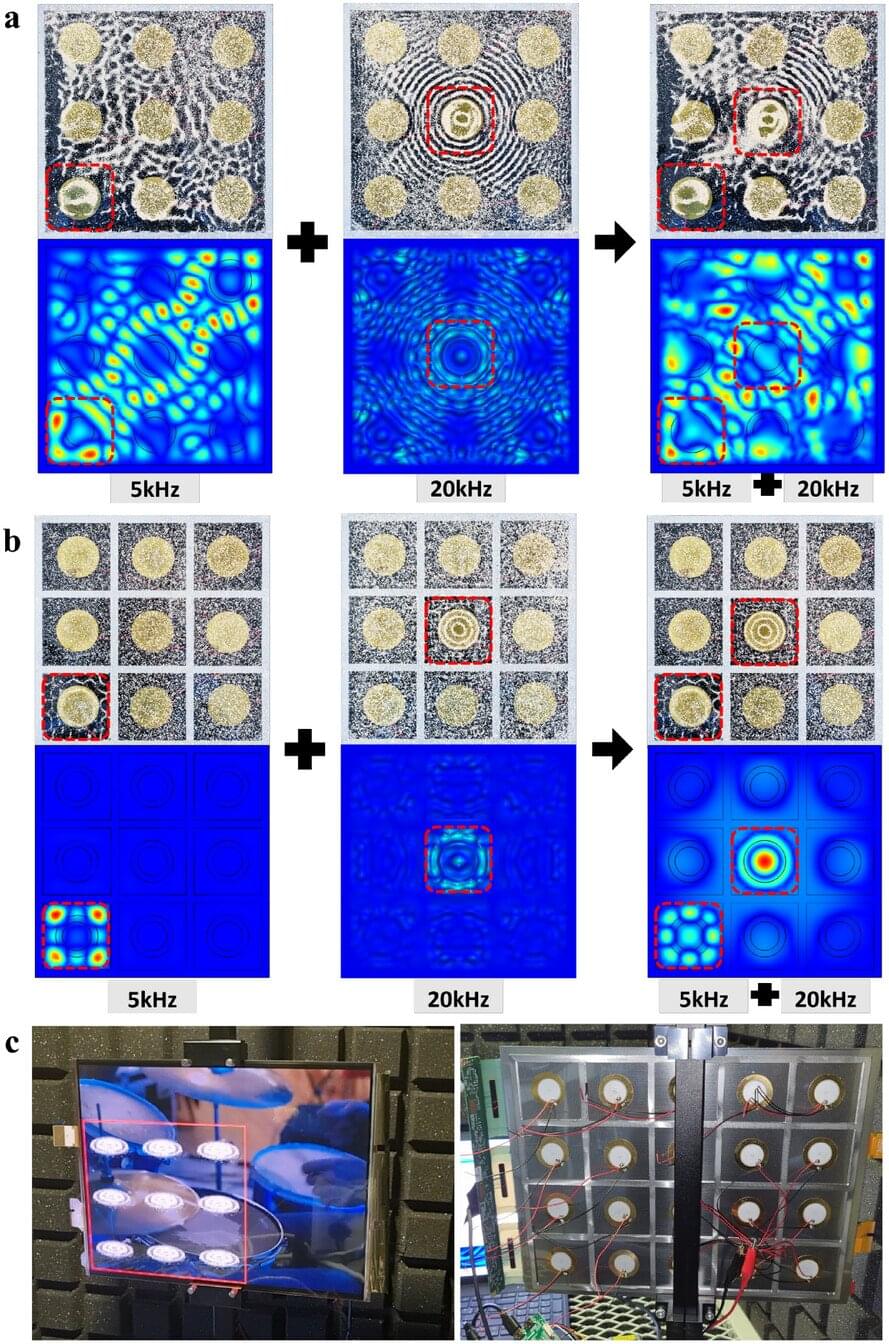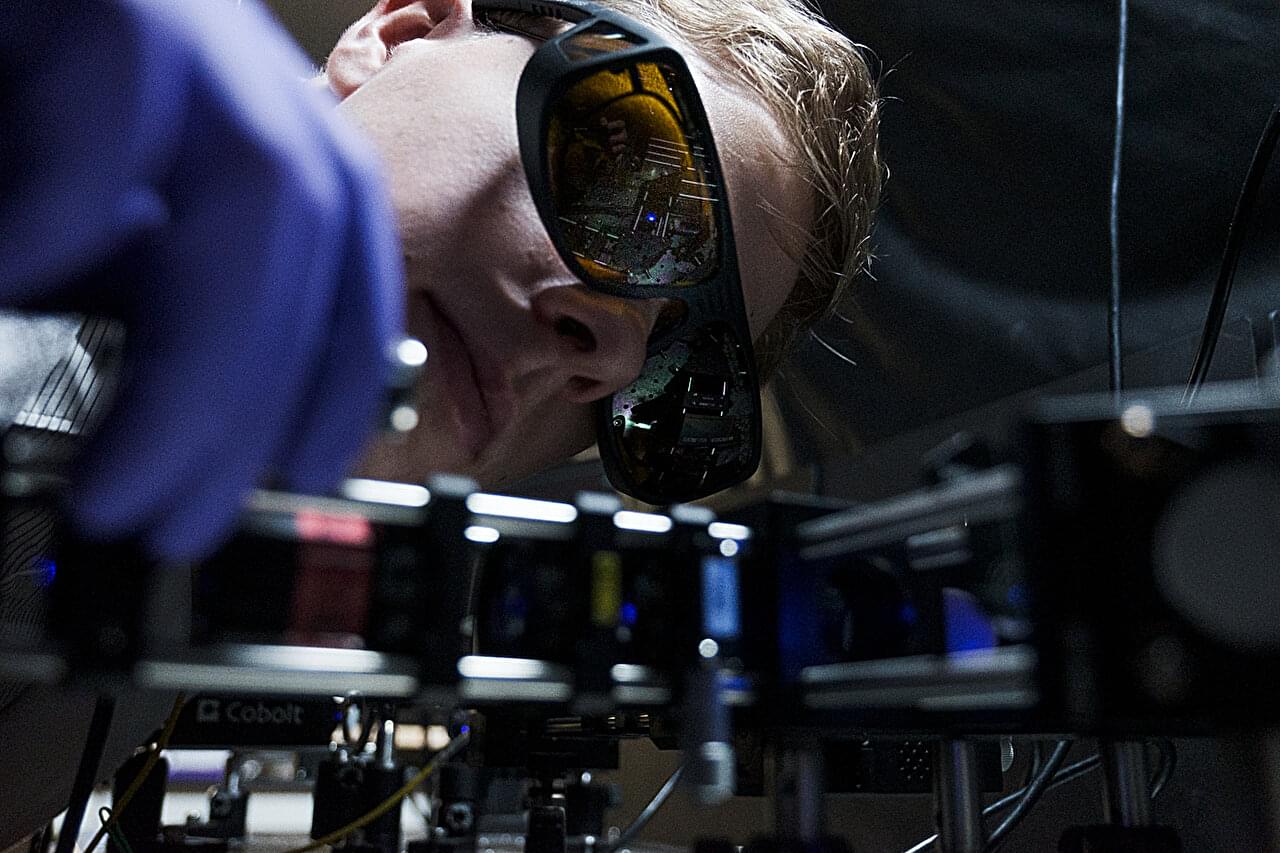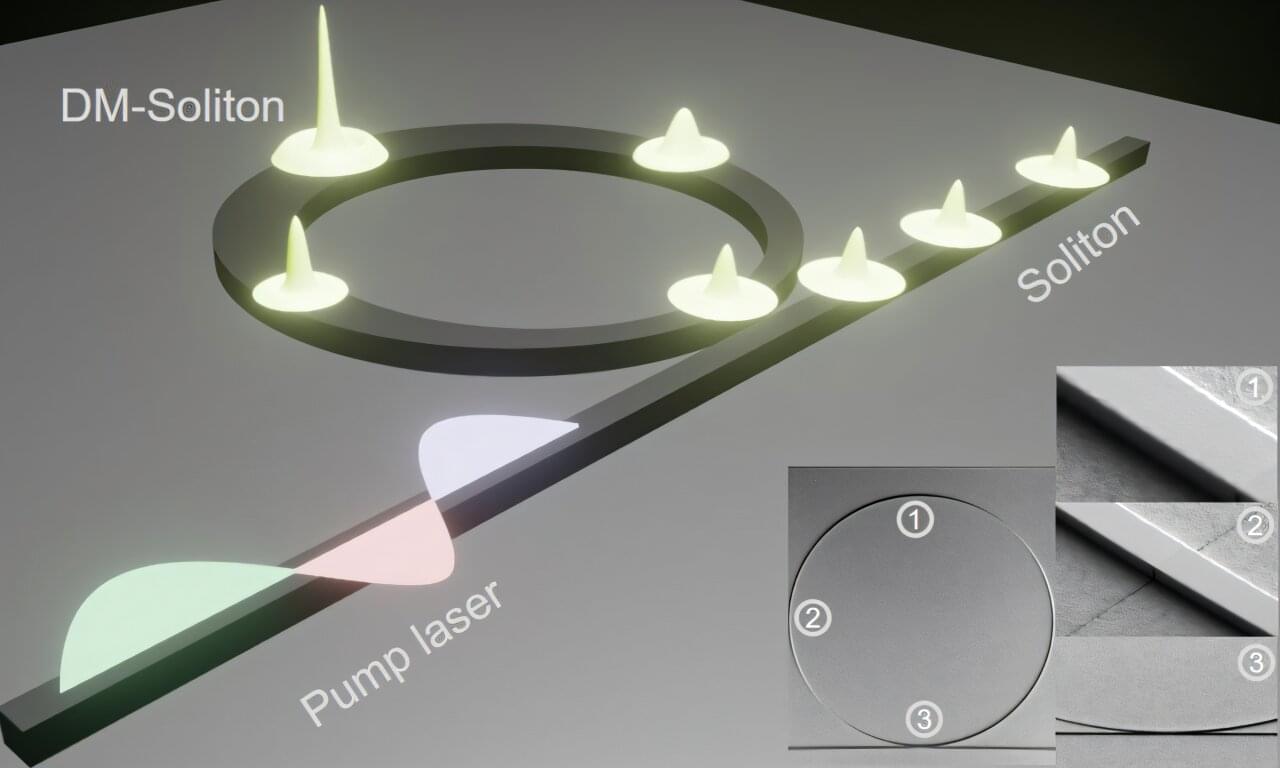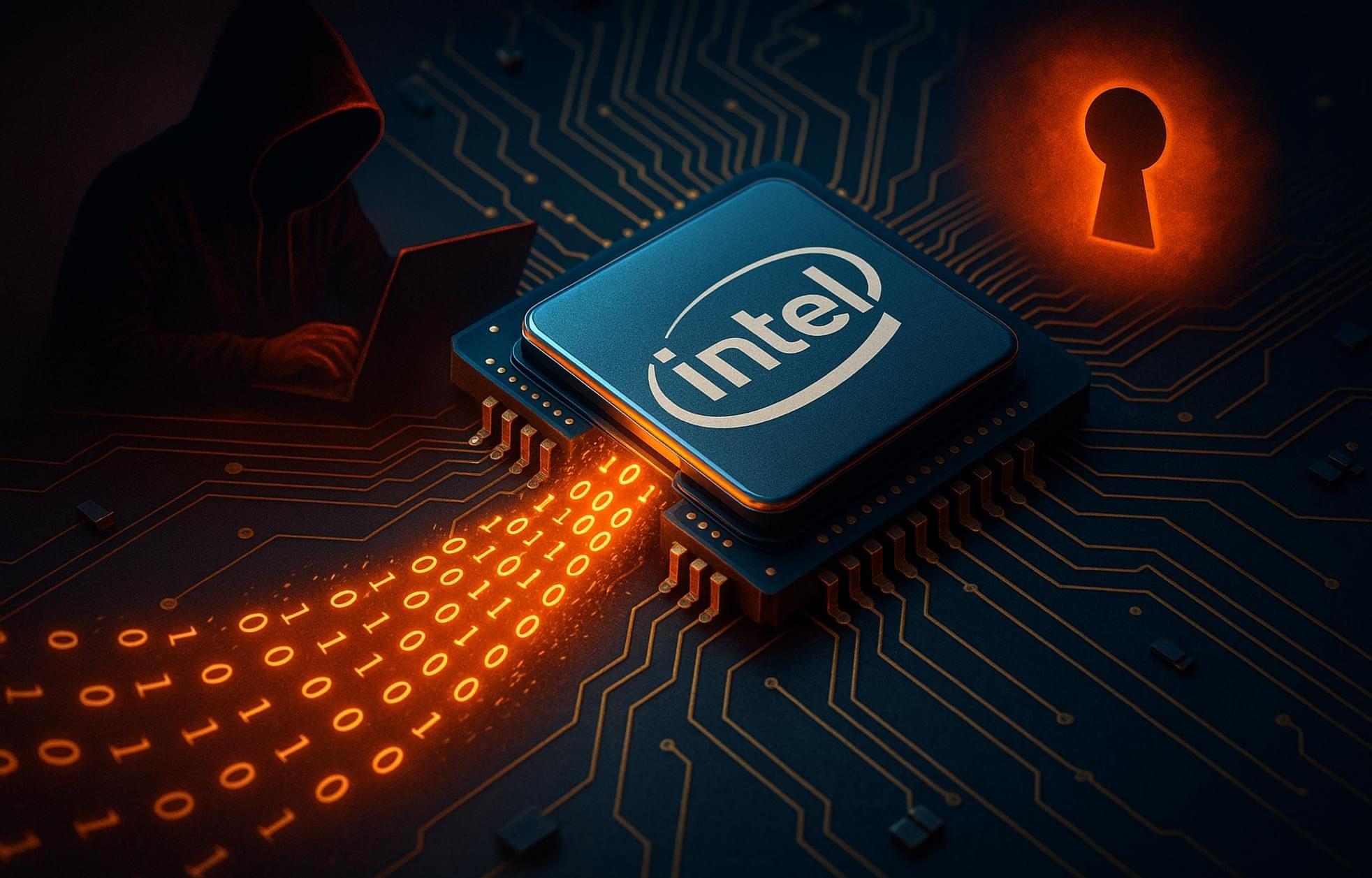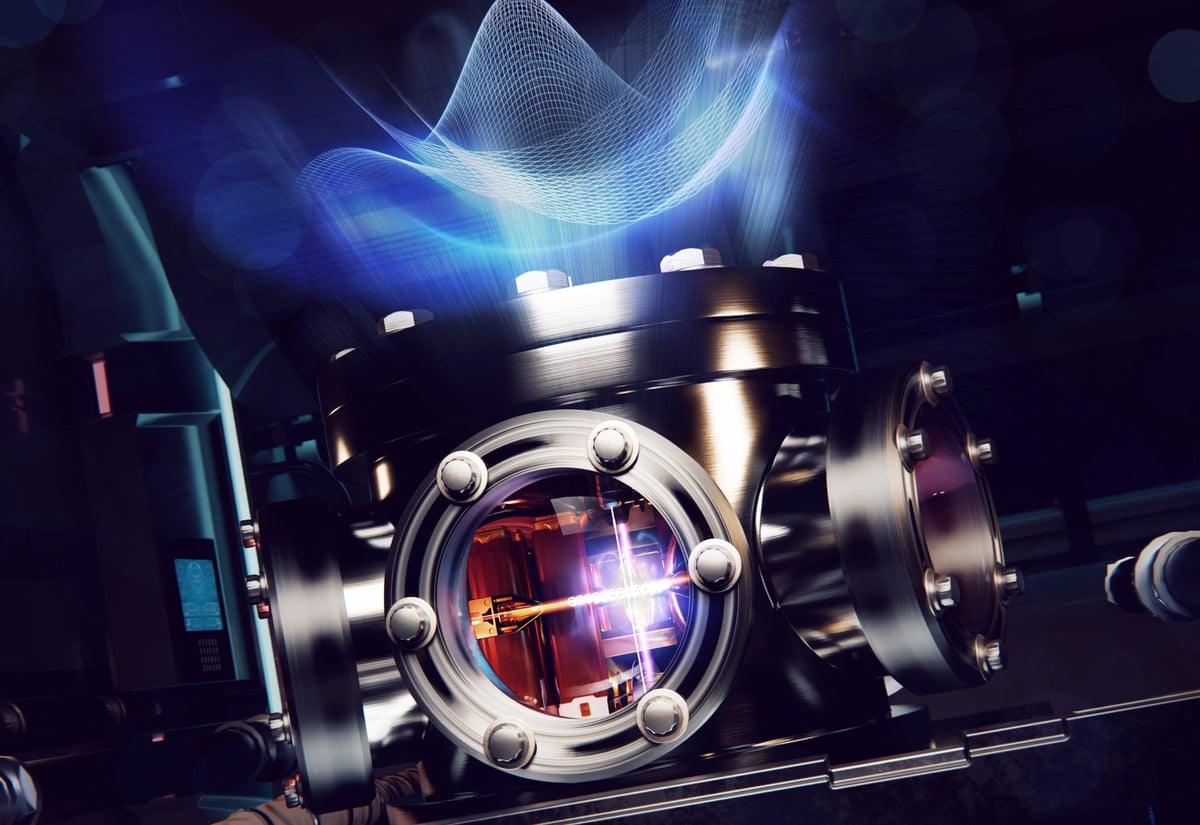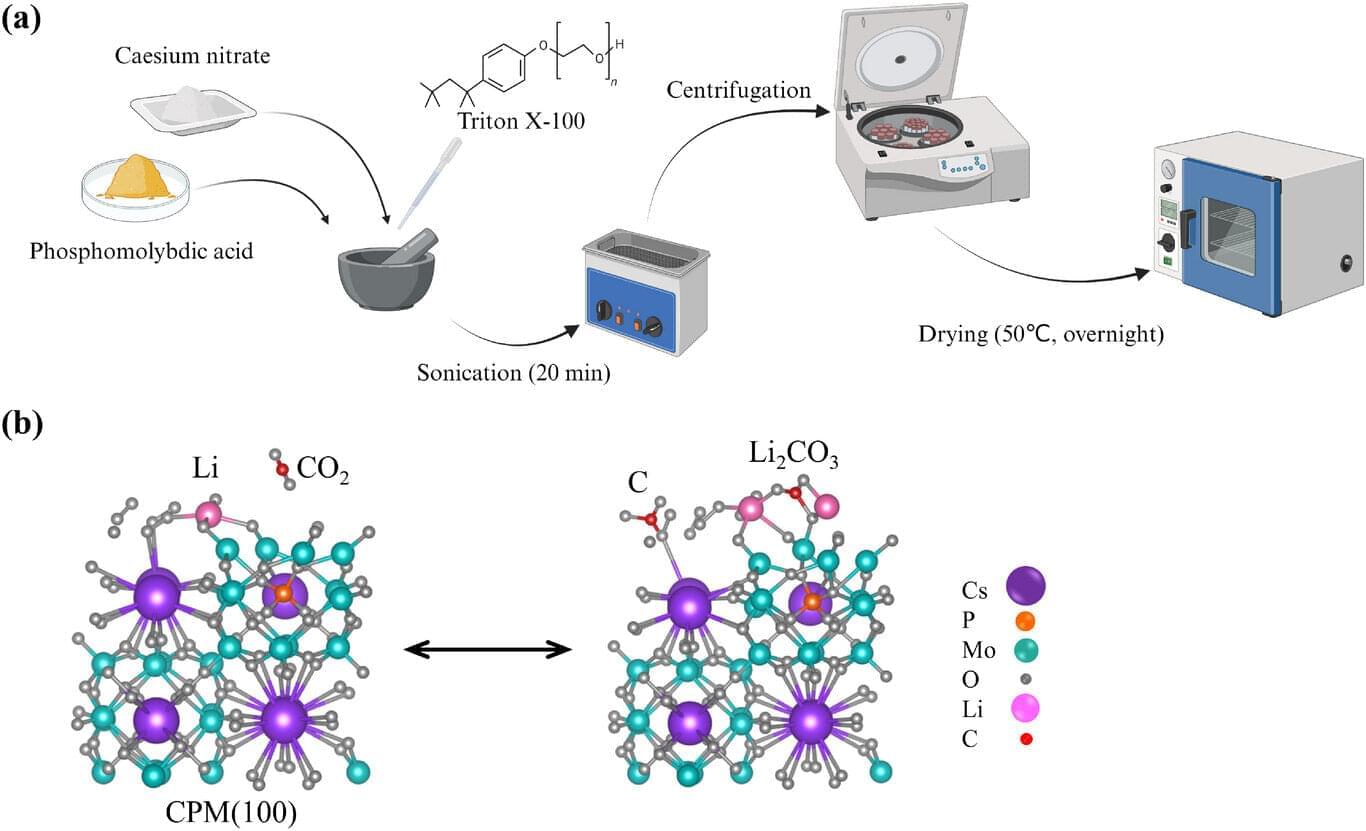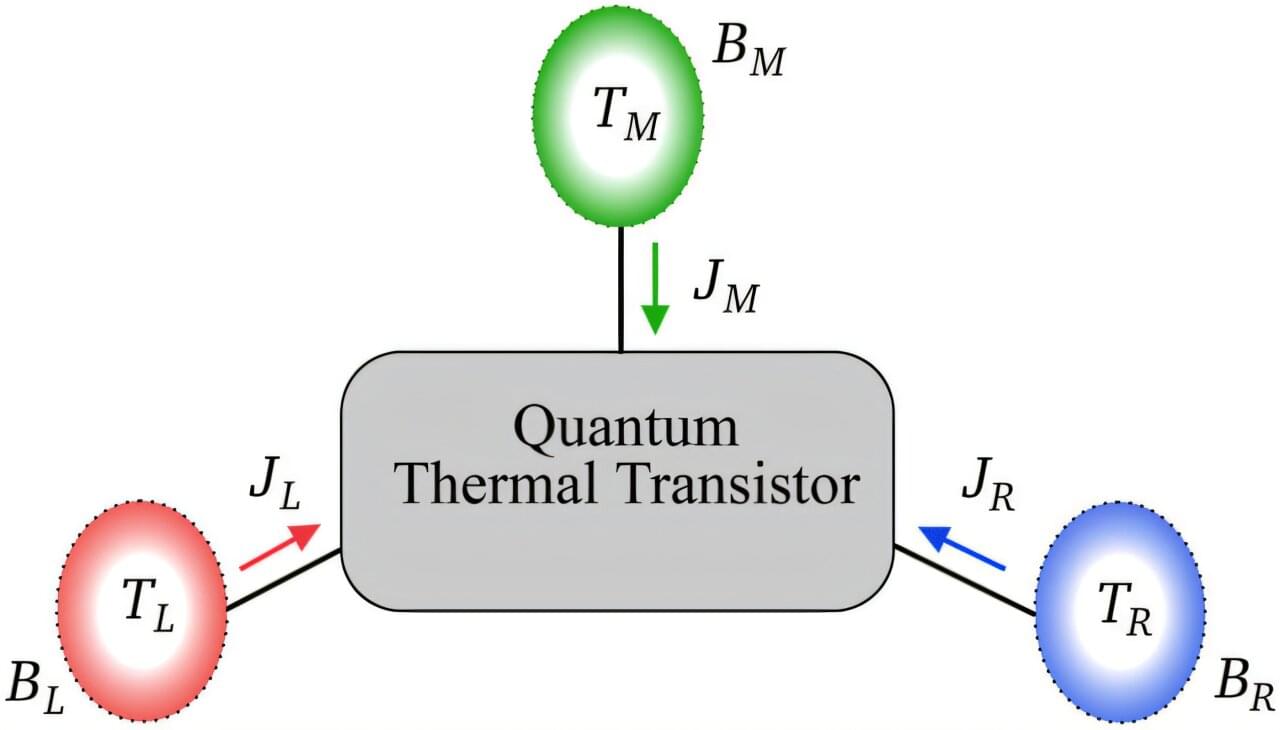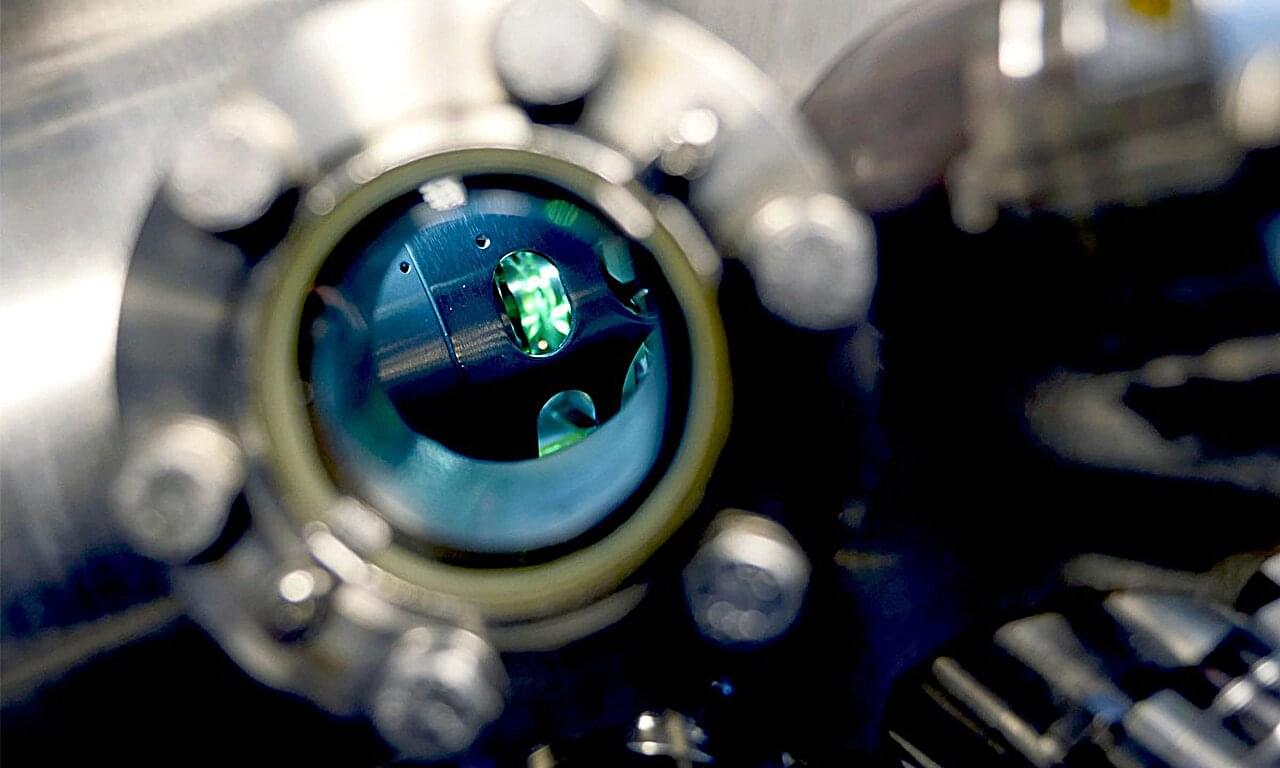A research team has developed the world’s first Pixel-Based Local Sound OLED technology. This breakthrough enables each pixel of an OLED display to simultaneously emit different sounds, essentially allowing the display to function as a multichannel speaker array. The team successfully demonstrated the technology on a 13-inch OLED panel, equivalent to those used in laptops and tablets.
The research has been published in the journal Advanced Science. The team was led by Professor Su Seok Choi of the Department of Electrical Engineering at POSTECH (Pohang University of Science and Technology) and Ph.D. candidate Inpyo Hong of the Graduate Program in Semiconductor Materials and Devices.
